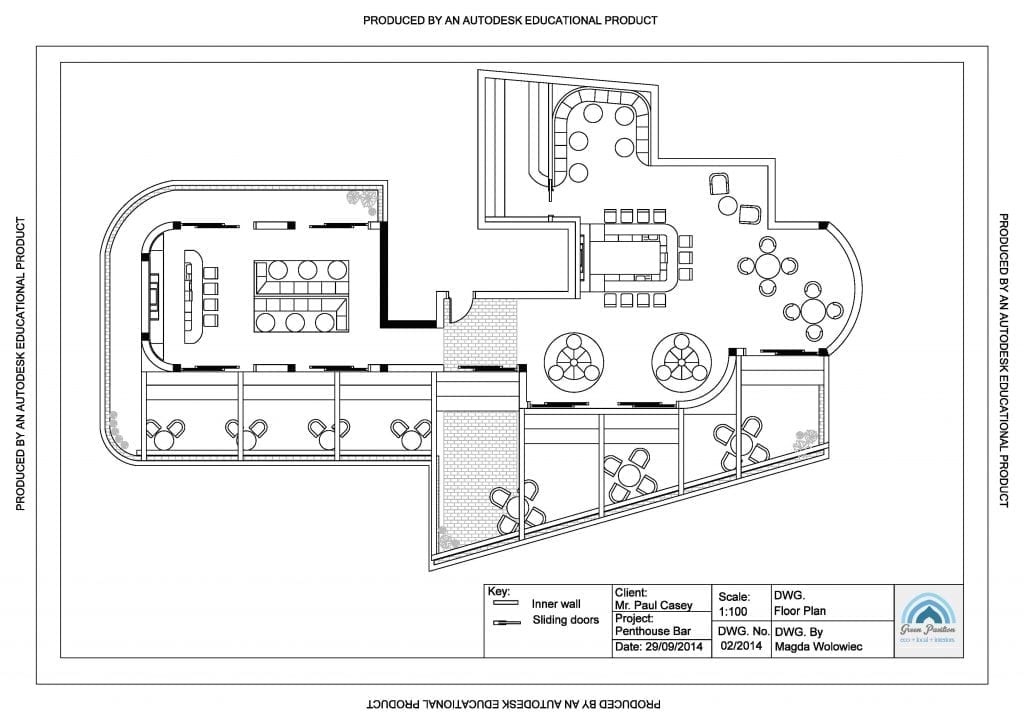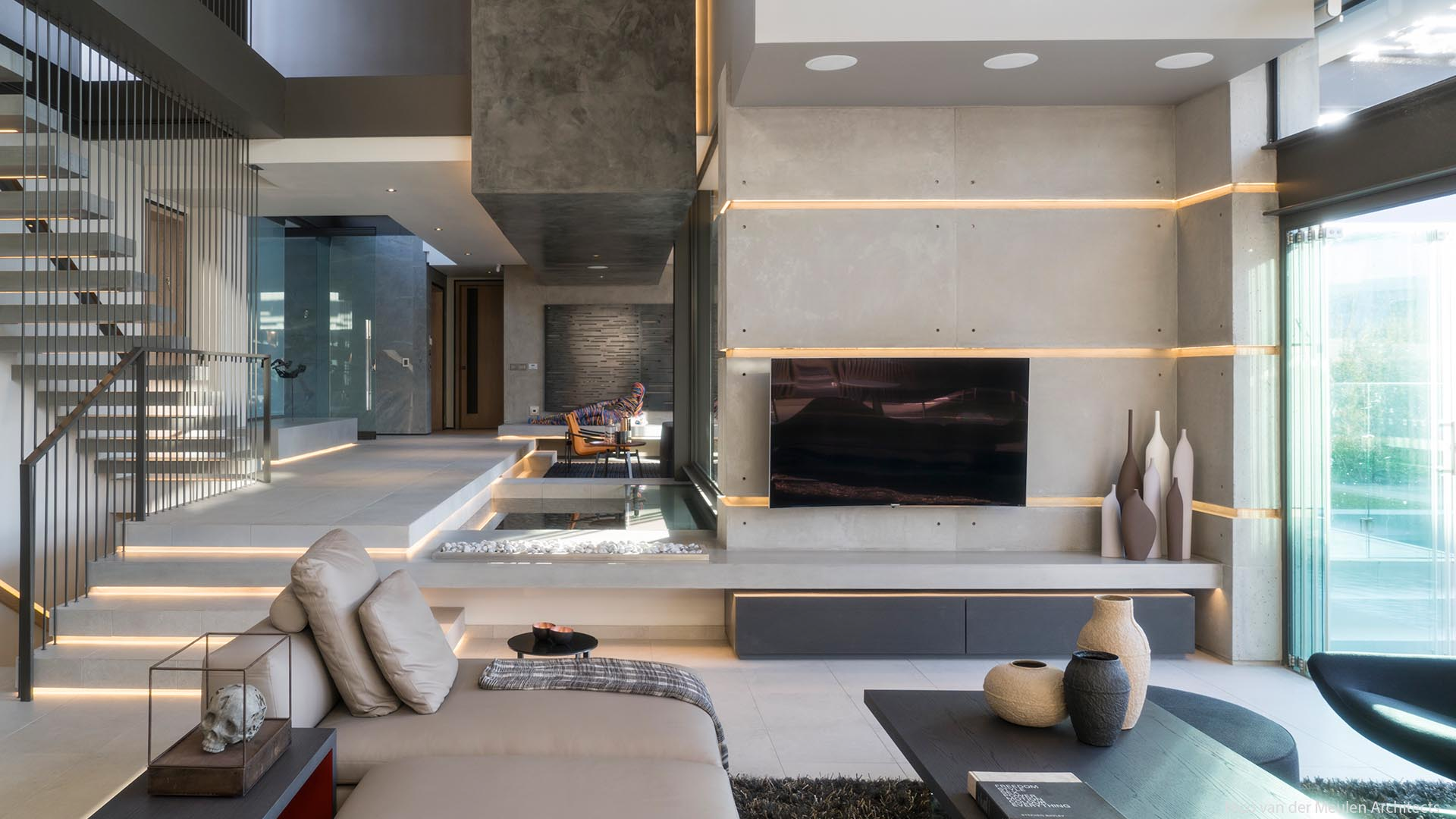Gorgeous Countryside Interior Styling for Nature-Inspired Living
Gorgeous Countryside Interior Styling for Nature-Inspired Living
Blog Article
Taking Full Advantage Of Aesthetic Allure: The Synergy In Between Interior Design and Home Architect Methods
Comprehending the refined interaction in between indoor layout and home architecture can substantially raise the aesthetic allure of a living room. This marriage of design self-controls entails a thoughtful integration of building components with indoor layouts, and a skillful application of concepts such as rhythm, comparison, and equilibrium. As we discover this synergy, we will certainly discover ways to develop visually striking and functional settings that not just show individual style, however additionally adapt to the dynamic demands of modern living.
Recognizing the Fundamentals: Defining Interior Design and Home Style
Interior layout and home design, commonly intertwined, represent the structural and aesthetic elements of our home. Interior Design is a complex self-control that involves producing practical, risk-free, and cosmetically pleasing rooms inside a structure. It consists of components such as furniture setup, shade control, and accessory selection. On the various other hand, home design mostly focuses on the solid structure of a building. It includes creating a functional and aesthetically pleasing structure that stands the examination of time. It encompasses aspects such as room sustainability, planning, and building and construction. Both fields require a deep understanding of human behavior, society, and psychology. Each plays a crucial role in shaping our living atmospheres, adding to our overall comfort, productivity, and wellness.
The Harmony Discussed: How Interior Decoration and Home Style Intersect
Understanding the harmony in between indoor style and home style can unlock a world of creativity and functionality. The influence of style on insides is a crucial facet to consider when reviewing this junction - Luxury home architect. This conversation will certainly concentrate on the unifying design principles that blend these two fields right into an unified whole
Unifying Layout Principles
While it may seem that indoor style and home design are 2 distinct techniques, they are really deeply interconnected, creating a synergy that is crucial for producing harmonious living rooms. Unifying layout principles are the pillars that promote this symbiosis. In essence, these concepts serve as the bridge, joining interior design and building techniques.
Architectural Influence on Insides
When one considers the architectural impact on interiors,The intertwining of interior style and architecture ends up being even a lot more apparent. Building aspects are inherent to a space's performance and appearances, shaping the design from the start. Columns, arcs, stairs or light beams, for example, offer both attractive and architectural functions. They can separate rooms, develop focal factors or imbue a room with a specific vibe. Factor to consider of texture, proportion, and light also stem from architectural influences. Inevitably, style mold and mildews the canvas whereupon interior developers work. Their harmony is thus obvious: style develops the structure, which interior decoration improves with color, style, and appearance. This symbiotic connection makes certain an unified balance between feature and elegance, optimizing the aesthetic allure of any type of room.
Key Concepts in Integrating Interior Design and Home Style
Striking an equilibrium between capability and aesthetics is an essential aspect of balancing interior decoration and home design. An equally important principle is the combination of lasting layout to produce energy-efficient and green homes. Last but not least, understanding and exploring various architectural designs can additionally play an important duty in achieving an unified design.

Stabilizing Functionality and Appearance
Stabilizing functionality and looks in interior decoration and home design arises as one of the extremely important principles to consider. This fragile stability requires a careful mix of functionality and appeal, intending to produce spaces that are not just aesthetically pleasing but additionally serve their intended purpose efficiently. Aesthetic appeal boosts the state of mind and impacts the perception of room, whereas performance guarantees use and comfort. Key to this equilibrium is a thoughtful selection of elements such as lighting, structure, and shade, which have to match each various other while serving their specific duties. Equally essential is the effective arrangement of the area, with a well-planned design adding significantly to the harmony in between functionality and looks. This unified mix inevitably boosts the lifestyle for the residents.
Sustainable Layout Combination
In maintaining the stability between functionality and visual appeals, one must likewise think about the combination of lasting layout concepts. This strategy not only boosts the visual appeal of a space yet also ensures its durability and lowered ecological influence. The vital lies in selecting products that are eco-friendly, durable, and appealing. This includes natural, recycled, or low-impact products that contribute to a healthier and a lot more sustainable globe. Developers and designers can likewise integrate energy-efficient systems, such as photovoltaic panels or energy-saving appliances. Ensuring good indoor air quality with sufficient all-natural lights and ventilation is crucial. As a result, an unified combination of interior decoration and home style, led by sustainability, can develop spaces that are gorgeous, practical, and ecologically friendly.
Exploring Building Styles
While there are a myriad of building designs to explore, it is necessary to understand that every one carries its distinct concepts that can substantially affect the harmonization of interior style and home style. These designs, ranging from the luxuriant Baroque to the minimalist Modernist, carry distinctive approaches and looks that, when effectively recognized and made use of, can develop homes that are not just visually sensational yet also harmoniously incorporated in terms of design and design. Picking a building design is not just concerning individual aesthetic choice; it has to do with read what he said choosing a layout language that talks to the homeowner's way of life, ideology, and goals, developing a home that is a true reflection of its citizens.
Case Studies: Remarkable Examples of Style and Style Harmony
Looking into some extraordinary study offers an extensive understanding of just how layout and design can sympathetically combine to develop compelling and functional areas. The legendary Fallingwater house, designed by Frank Lloyd Wright, exceptionally demonstrates this synergy. Wright's style masterfully integrates your house with its bordering landscape, while the interior mirrors the exterior's organic kinds. Another example is the minimalistic Tadao Ando's Church of Light in Japan. The architect accomplished an ideal equilibrium in between simplicity and drama, making use of raw concrete and light. Inside, the stark, very little layout develops a feeling of harmony and spiritual reflection. These instances highlight the value of synergy in between interior design and architecture in accomplishing practical and visual success.
Practical Tips: Enhancing Your Home's Aesthetic Charm
Drawing motivation from the study of architectural and design synergy, homeowners too can implement some useful methods to increase their home's visual appeal. A harmonious blend of colors, appearances, and lights can improve an area, creating a cozy and welcoming environment. Choosing for furnishings that enhances the architectural aspects of your house can promote a feeling of this contact form unity. Wall art and decor items can add character, showing individual design and taste. Integrating greenery, either through indoor plants or views to the outdoors, can bring a component of nature, delivering a calming impact. Creative usage of mirrors can open up an area, providing an official statement impression of a bigger area. Eventually, the aesthetic charm depends on stabilizing capability with layout, developing a home that is both habitable and stunning.

Future Trends: How Modern Techniques Are Altering Interior Design and Style
As the world develops, so do the fads in indoor design and architecture. Modern strategies are progressively concentrating on sustainability, incorporating eco-friendly products and energy-efficient styles. These patterns mirror a change towards layouts that are not simply aesthetically pleasing, yet also ecologically conscious, technologically progressed, and adaptable to altering lifestyles.
Conclusion
Finally, the integration of interior layout and home architecture techniques is a vibrant method to boosting aesthetic charm. By leveraging vital concepts like balance, rhythm, and contrast, and incorporating elements of modern living, developers can create functional, visually pleasing atmospheres. With recognizing this synergy, home owners can make enlightened decisions that not only elevate their living spaces but additionally add to their total well-being.
Understanding the subtle interaction between indoor style and home style can substantially raise the aesthetic charm of a living room.Interior design and home architecture, usually intertwined, represent the visual and architectural elements of our living spaces.While it might seem that interior style and home design are two distinct techniques, they are actually deeply interconnected, creating a harmony that is important for developing unified living spaces.The intertwining of indoor design and style ends up being also much more apparent when one thinks about the architectural influence on interiors. A harmonious fusion of interior style and home architecture, guided by sustainability, can produce rooms that are lovely, functional, and ecologically friendly.
Report this page